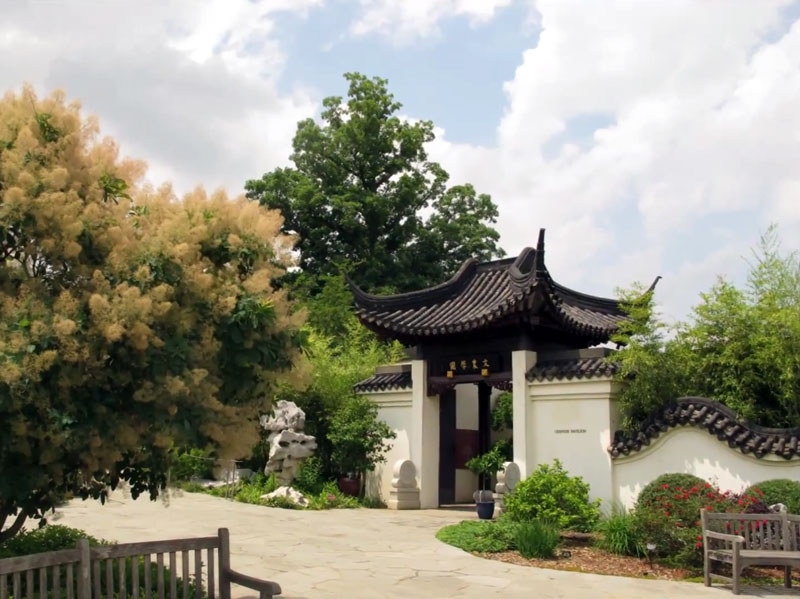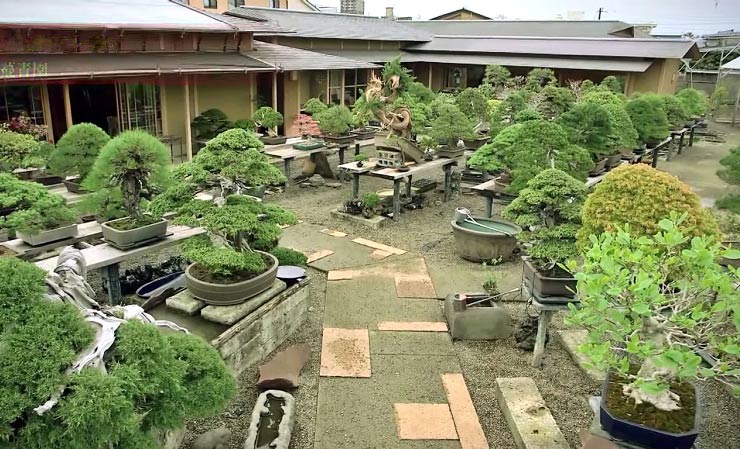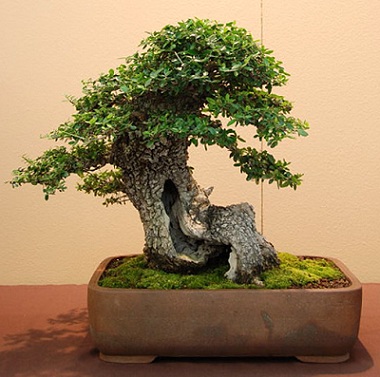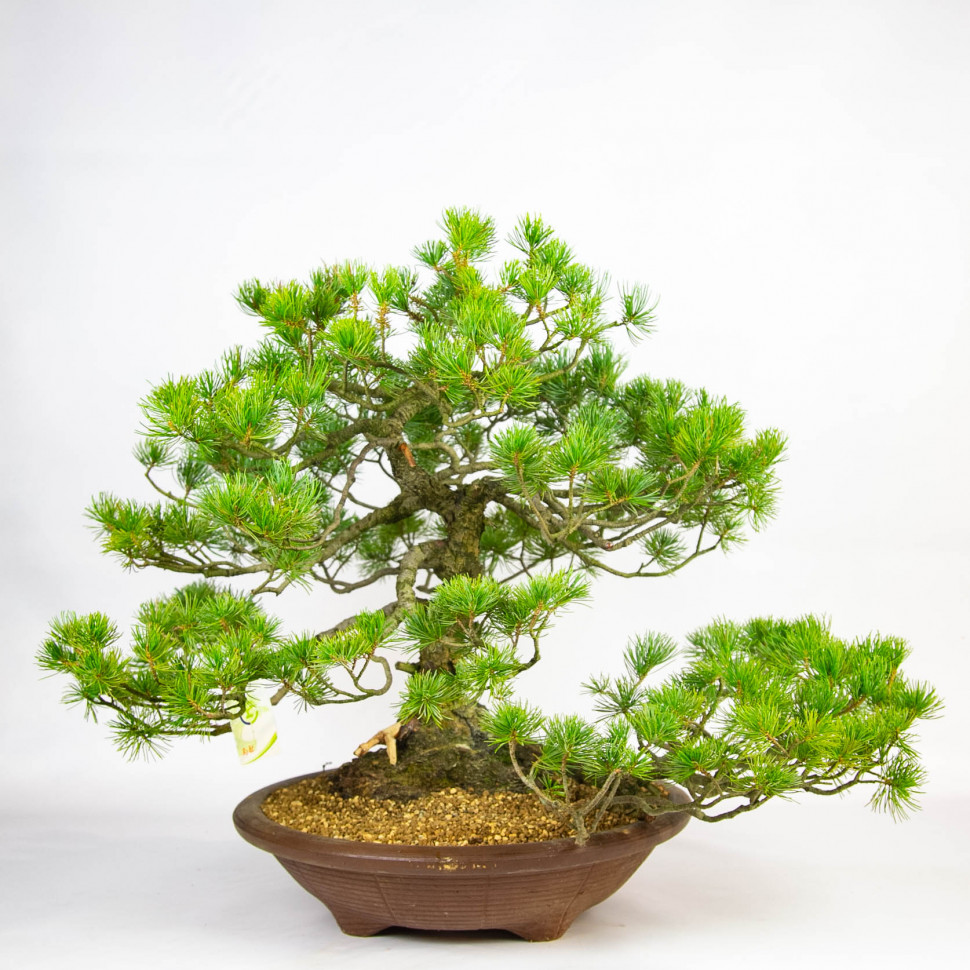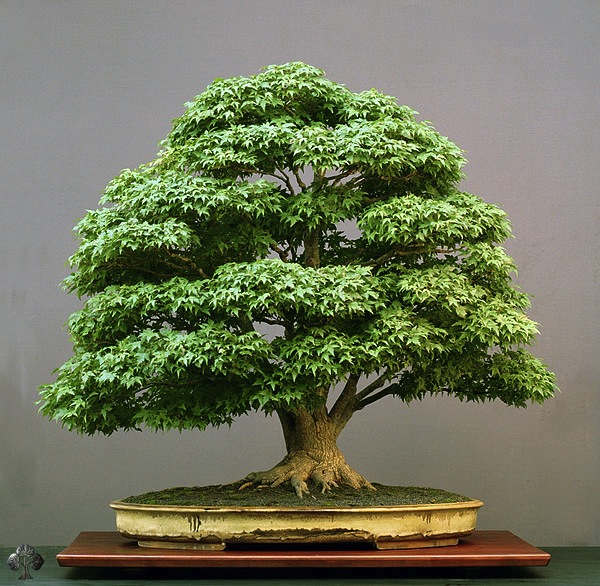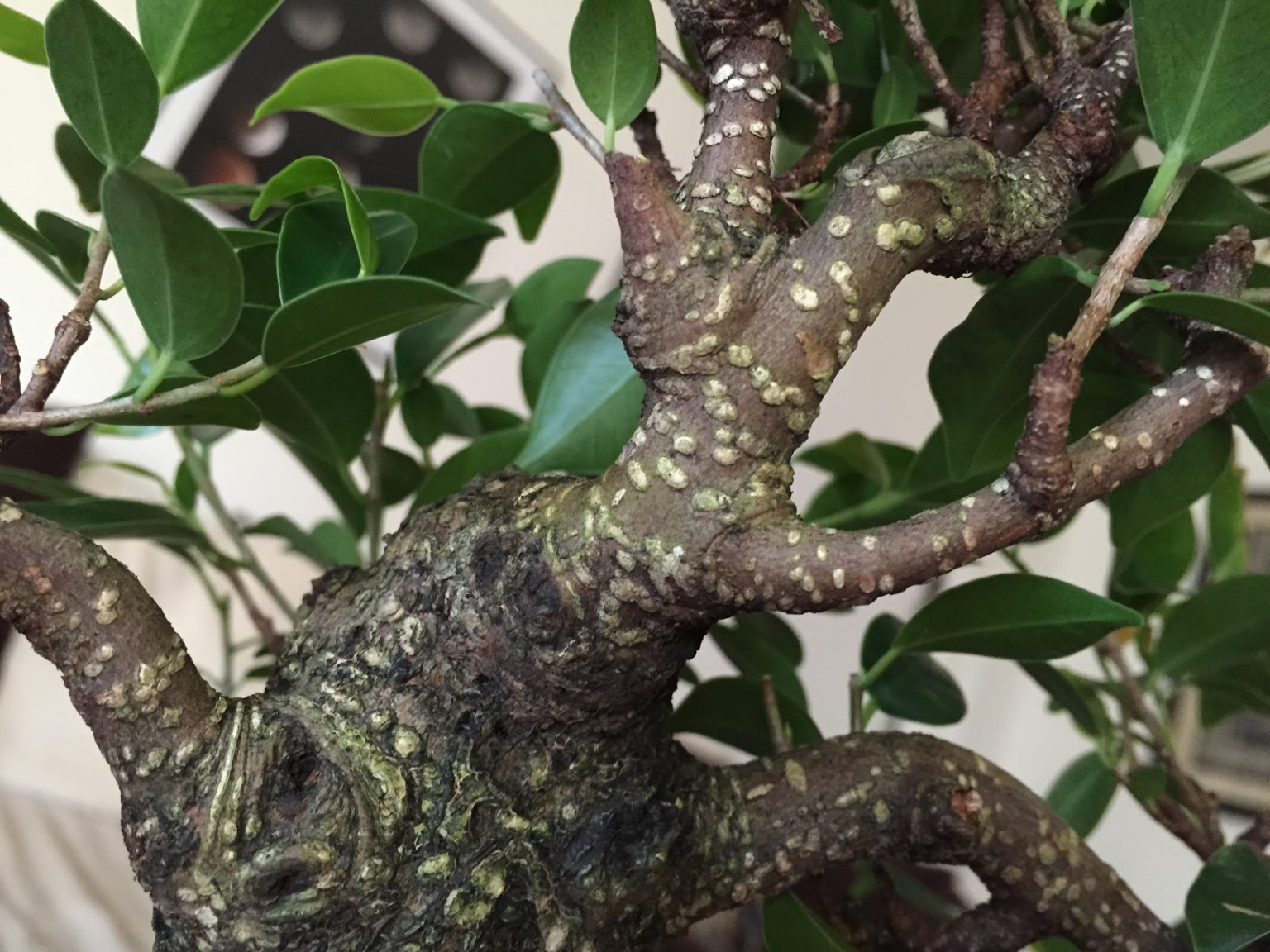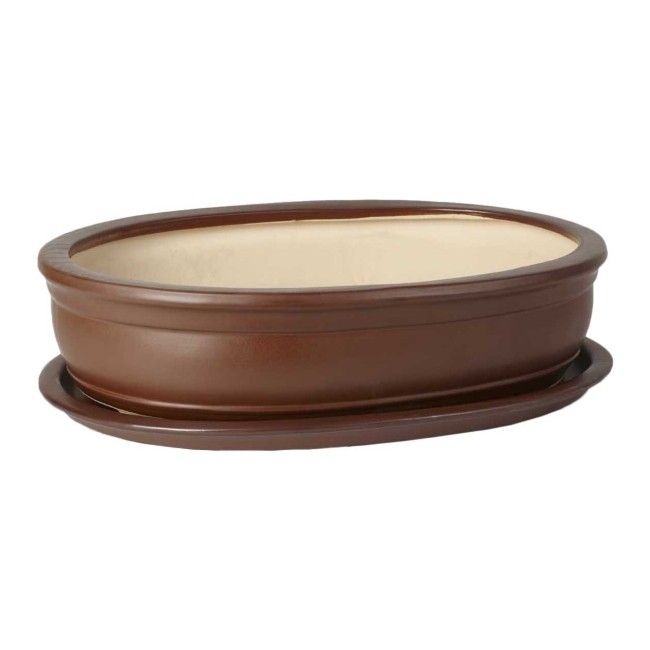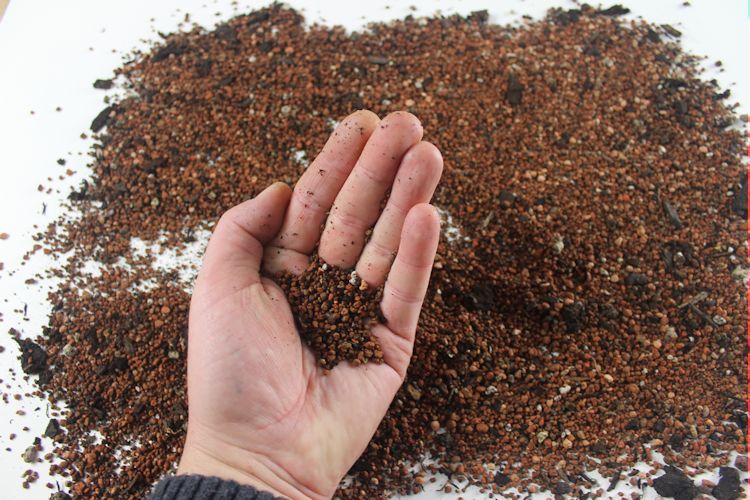Birch - the genus has more than 60 species of deciduous trees and shrubs of the family Birch (Betulaceae), is widespread in various areas, including forests, peatlands, mountains and desert areas of the northern hemisphere. Birches are one of the most stable and tolerant genera of deciduous trees, they are the first to appear on the edges of wooded or desert areas.
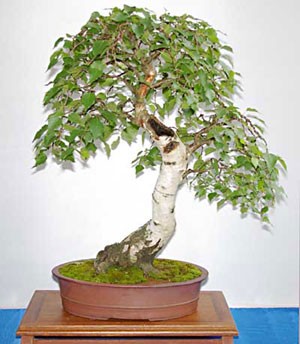
The leaves are usually oval in shape with serrated edges. They appear in April or May and turn bright yellow to orange in the fall.
Birch trees are commonly grown as bonsai for their bark, although only two species have white bark, the White Birch (Betula pendula), also known as the Weeping Birch, and the Downy Birch (Betula pubescens). There are other species of birch that are used by bonsai enthusiasts.
It is worth considering that Birches with white bark initially have light brown trunks, and it may take many years before they acquire the beloved silvery-white color. In order to speed up this process, it is recommended to first grow birch in natural conditions, where they will acquire their usual appearance much faster, since the bark will be exposed to direct sunlight.
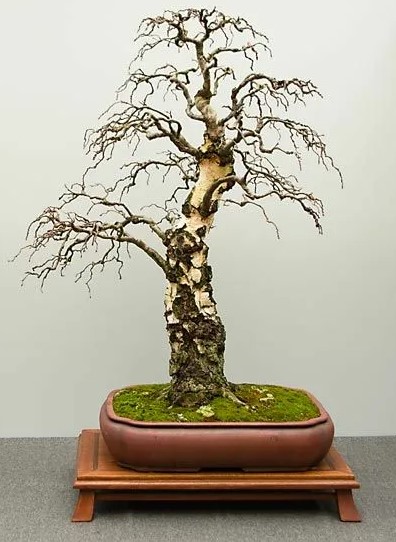
Birch has a feature of causeless dying and dropping of branches. Moreover, the experience of the bonsai master does not play any role, since this is completely natural for birch. This feature can greatly spoil the appearance of an already formed tree. To eliminate this drawback, it is recommended to grow bonsai with a large number of branches, then the loss of one will not disrupt the overall design.
Dieback can be greatly reduced by pruning.
Soil:
Well-watered and air-permeable sandy soil containing clay. To make up the soil, use the following mixture: sand, peat and clay in a ratio of 1:1:2. Good drainage is necessary.
Lighting:
Light-loving plant. It is very important that the Birch receives a lot of light! It is necessary to rotate the tree regularly so that all areas of the tree receive an equal amount of light.
Temperature:
Prefers warm, dry places. Birch bonsai is not as resistant to low temperatures as its wild counterparts, so that the plant does not die, the temperature should not fall below -8° C.
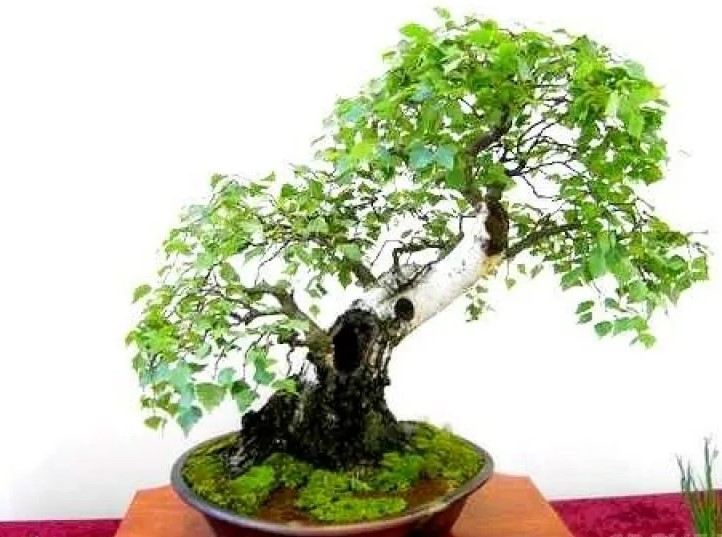
Watering:
In summer, water abundantly, but do not over-moisten the soil lump, birches do not tolerate this. In winter, watering is sharply reduced, the soil should be dry. Water with tap water at room temperature.
Top dressing:
Every two weeks until late summer, with a general purpose bonsai fertilizer. To limit strong spring growth, if the plant is still forming and thickening is not necessary, do not feed the birch for about 3-4 weeks after spring activity begins.
Formation:
New shoots are cut to 2-3 leaves after active growth during the summer season. Removing large branches from spring to late summer is undesirable, since birch releases a lot of sap. Therefore, it is difficult to guarantee good treatment of the cut areas and the trunk dies around such places, which can lead to loss of the trunk.
Try to avoid pruning birch trees during active growth to reduce the risk of branch dieback and tree death.
You can pinch strong and healthy trees in the summer.
Purchasing a plant:
Birch is rarely found among beginner bonsai enthusiasts. It is advisable to buy young trees in specialized stores.
Pests and diseases:
It is susceptible to aphids and powdery mildew. Birch cancer can cause a lot of trouble.

